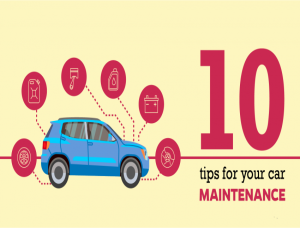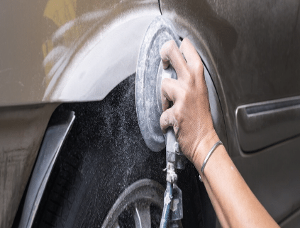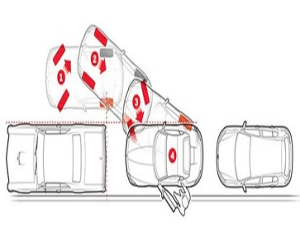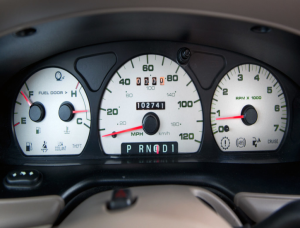Best Oil Change Tips and Procedure
- Car Tips,
- Oct 14, 2019
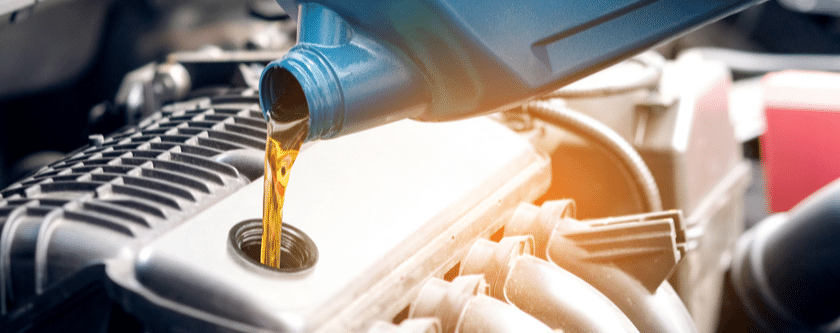
Vehicles need to be constantly maintained and monitored regularly because they are always prone to getting into some kind of issue at any time. However, if maintained properly, these issues can be postponed, if not completely gotten rid of, and that is a really good thing since you can get ready for the issue beforehand and be prepared to face it. An oil change is something that plays an important role in car maintenance and if not kept an eye on and performed at an opportune time, it may lead to some serious damage to your car engine. Therefore, it is mandatory to perform oil change about every three months or about 5000 kilometers. This time varies from vehicle to vehicle depending on their make and model, their engine type, their usage, their age, and various other factors. However, generally, most of the vehicles go up to 5000 kilometers before getting into some kind of issue due to not getting their oil changed.
Today’s article is all about oil change tips and its procedure and we will go through all the steps involved in changing the oil of any kind of vehicle along with taking a look at some of the tips that might come in handy one time or another. These tips will basically be all about how to change the oil in a car quickly, or without running into problems while doing it.
As we progress through the article, all your questions will be answered including in the infamous “can I change oil without changing the oil?”
What does engine oil do?
Let’s first start off with what an engine oil actually is and what it does. Engine oil is a mixture of several chemicals enhanced for lubrication, viscosity index improving, and anti-wearing. The general duty of any engine oil is to lubricate the machine parts and prevent any kind of corrosion and friction to ever occur.
Since the engine is a cluster of several moving parts, and many of them are always interacting with each other, it is necessary to ensure that their movement is smooth and there is no friction occurring between them that could slow the movement down. Corrosion is also a huge risk to the engine as it can potentially mess everything up inside an engine by slowing down the movement, therefore, the engine oil is also responsible to prevent any corrosion from happening on the engine parts.
Apart from that, the engine oil also a coolant and absorbs heat released from the moving engine parts. To sum it all up, the engine oil is a lubricant and anti-corrosive oil that helps keeps things smooth inside an engine.
What happens to a car with no oil?
You might have guessed the answer to this question now you know that what the oil does for a car and its engine. If you haven’t, worry not. The answer really simple and it is that a car with no oil will probably end up having engine issues. The engine will overheat pretty quickly, make weird noises, and maybe stop working if continued to be used without any oil. This is pretty dangerous as your engine may end up blowing due to excessive heat compressed into such a small place, or catch fire due to this heat. Learn from it, folks. Never drive your car without any engine oil.
Items needed for an oil change:
There are several things you should know before stepping towards the oil change procedure. Most of things you already know and have read in this article, however, a major prerequisite is the equipment necessary for oil. In order to perform a successful oil change, you need to have the following items:
- Pliers
- A big enough container to contain the drained/old oil
- Car Jack
- New engine oil
- New oil filter
How to do an oil change yourself?
Let’s move on to the practical part and discuss how you can perform an oil change all by yourself. A self oil change is a good practice as it certainly provides you some experience with the car engines along with saving the money that a mechanic charges. Oil change prices may vary depending on different mechanics, however, if you can avoid all that, then there is no need to worry about the cost of anything other than the new oil and oil filter since you only need the oil change items once.
In order to perform an oil change, you need to follow the steps mentioned below and do exactly as mentioned. There are some tips of performing things faster or more efficiently, so it is up to you to decide which method to follow. All of them will work.
1- Lift your vehicle up. It is usually easier to do an oil change if you use a jack to lift up your vehicle, otherwise, if you feel comfortable crawling under the vehicle, you can do that too. If you lift, make sure it is in the air enough that you can easily reach underneath the engine of the vehicle.
2- Position a container underneath the engine in a manner that you know for certain the drained oil won’t spill out of it and go right into it. The container needs to be at least of the size of an engine oil bottle.
3- Find the drain plug under your vehicle. It is usually located on the underside of the engine oil container of your vehicle. It should be easy to take it off if it is a plug, however, sometimes it is stuck due to a number of issues. If you can remove it by force, go ahead and do it. Even use the pliers or a wrench to unscrew it. If it still does not come out, put hot water onto it a few times, then clean the sides with hot water. This will expand the sides and the screw is most likely to come out.
4- Let the oil be drained. DO NOT interrupt the process or try to speed it up. Let all of the oil come out at its regular pace. It should not take too much of your time. One thing you should do before draining the oil is to start your engine and keep it running for about two to three minutes. This heats it up enough to prevent any sort of interruption and provides a smooth flow of oil when it is drained.
5- When the oil is all drained, clean the drain plug and put it back in its place. Never place it too tight such that it refrains to get removed the next time.
6- Remove the old oil filter and replace it with the new one. Always clean the base of the filter before you install a new one.
7- Fill the engine with the new oil. Just like with draining, do not rush it. There’s no way you can rush it, but still, if you think you have a crazy idea, don’t. It might end up hurting you and your vehicle.
8- When all this is done, start your car and let it run for a while. After about five to ten minutes, turn it off and check the oil of your vehicle through the oil dipstick. It is usually located at the left side of the engine under the hood and has a yellow-colored handle on it. If it says full, then you are good to go. Otherwise, there might be some sort of drainage in your oil container.
That is all about oil change procedure and its tips. If you want to learn more about vehicles, be sure to head over to Easy Driving Tests as their unique way of questioning allows you to learn significantly about driving and driving-related procedures.




